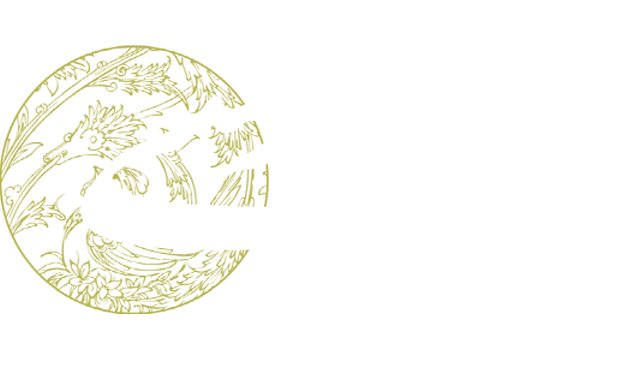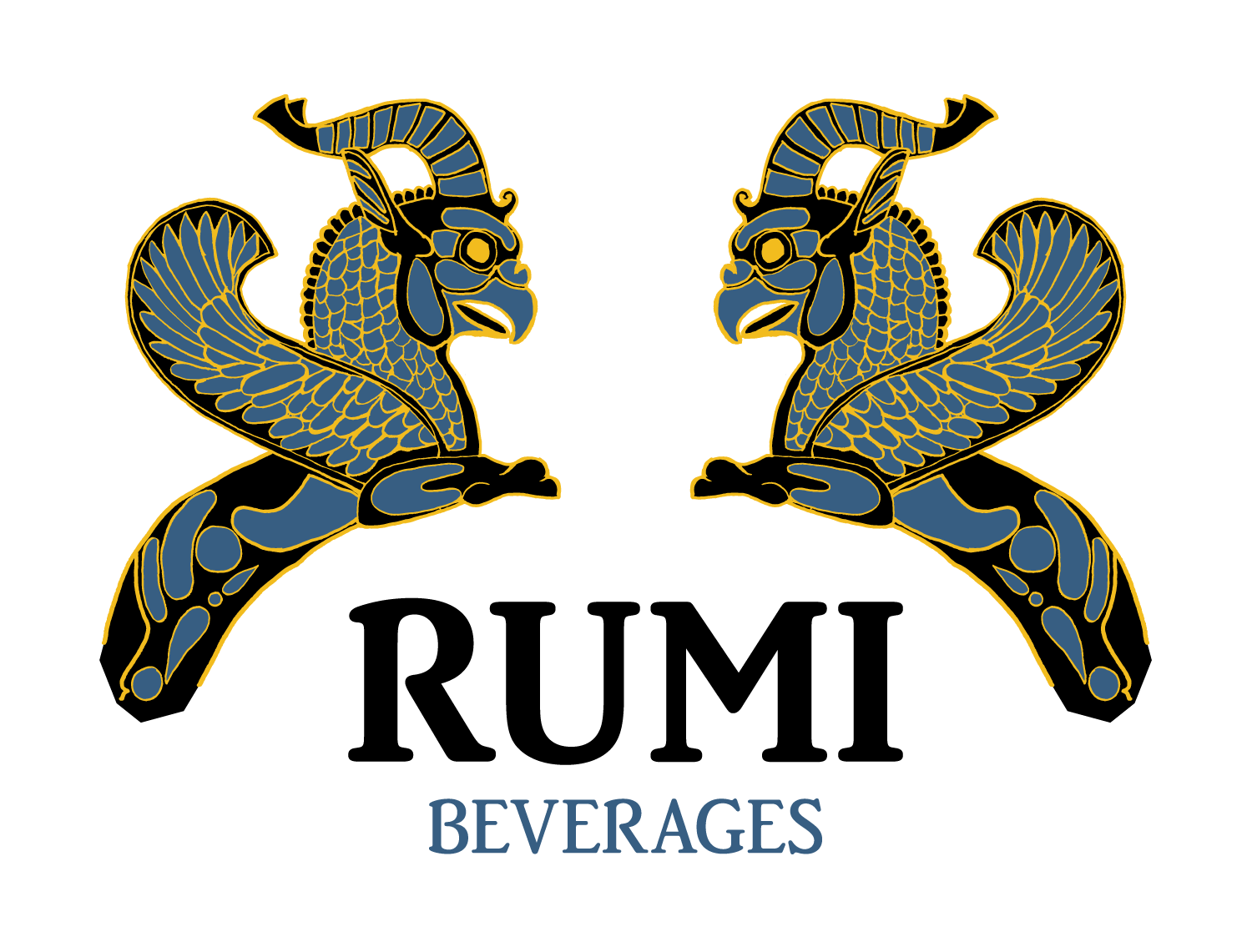

PĀRSI
The dream of all grapes
Rumi Vodka
Our Vodka is named after Rumi aka Jalal ad-Din Mohamed Balkhi (1207 – 1273) the greatest Sufi mystic and poet in the Persian language. Rumi is famous for his lyrics and for his didactic epic Mas̄navī-yi Maʿnavī (“Spiritual Couplets”), which widely influenced mystical thought and literature throughout the world. He was born in Balkh in present-day Afghanistan then known as Khorasan or Eastern Iran.
Rumi Vodka is very aromatic and elegantly soft. It is great to mixed or just drunk on its own. Rumi was convinced that liquor brings out our true nature. With Rumi vodka you invite Persian wisdom into your glass.


PĀRSI
The Dream Of All Grapes
The story of the Parsi wines
For decades, in the heartland of ancient Persian culture, Iran and Afghanistan, the production of wine has been banned. But the Persian diaspora around the world regards wine as a lost beauty of their heritage. To do justice to a forgotten tradition, we produce these wines. The wines are produced in the eternal Persian tradition. For the ancient Persians, lees was an indispensable part of the wine. They considered a wine without dregs to be a dead wine, because in dregs they believed the soul of the grape dwelt. In other words: to bring the soul of the grape into the bottle, we do not filter these wines. So, don’t be shocked when you find a little dreg in your glass. As Hafez, the 13th century poet said, only for the advanced drinkers, pours Saqi, the wine pourer and the ultimate muse of the famous Persian poets, wine with lees.
News & Events

PĀRSI
The dream of all grapes
Why do we call our wine Parsi?
Parsi is the Persian word for Farsi, the name of our language Parsi-e-Dari (Royal Persian) which spans the entire Persian world from Iran to Afghanistan, Tajikistan, Uzbekistan, parts of China and is spoken by the Iranian, Afghan and Tajik diaspora in the west. In the course of history, the Persian language has proved to be a symbol of poetic and aesthetic resistance to any kind of fanaticism. To honour that, we have named our wines Parsi. We celebrate this language of poets by placing a different quatrain of Omar Khayyam on each bottle. Khayyam was a renowned Persian poet, philosopher, astronomer and mathematician, known for his love of wine. Furthermore, the wines are named after the ancient historical Persian cities in nearby Asia. For example, we have Espahan, Shiraz, Balkh, Badakhshan, Khujand and Samarqand. Parsi connects the Persians with each other across the imposed national borders and with all gourmets in our great world!
Cheers or as in Persian we say; ba shādi (We raise the glass with happiness).
Badakhshan the City
Badakhshan, located in current Afghanistan and Tajikistan. Aside from its cultural treasures, poetry, literature and mysticism, Badakhshan is most famous for her mesmerizing blue stone, the lapis lazuli, which has been mined for more than 4,000 years. From the breath-taking blue in the Sistine Chapel to Salvator Mundi of da Vinci and the famous Girl with a Pearl Earring of Vermeer, all have used the lazuli of Badakhshan.
Badakhshan the Wine
This wine is made from Corvina grape, one of the main grapes of the beautiful Amarone della Valpolicella. The wine goes very well with meat, both grilled and stewed, but also combines beautifully with aged cheeses. It is fruity in the nose, with spicy notes and aromas of plums and blueberries. Alcohol: 13.5%.


Badakhshan the City
Badakhshan, located in current Afghanistan and Tajikistan. Aside from its cultural treasures, poetry, literature and mysticism, Badakhshan is most famous for her mesmerizing blue stone, the lapis lazuli, which has been mined for more than 4,000 years. From the breath-taking blue in the Sistine Chapel to Salvator Mundi of da Vinci and the famous Girl with a Pearl Earring of Vermeer, all have used the lazuli of Badakhshan.
Badakhshan the Wine
This wine is made from Corvina grape, one of the main grapes of the beautiful Amarone della Valpolicella. The wine goes very well with meat, both grilled and stewed, but also combines beautifully with aged cheeses. It is fruity in the nose, with spicy notes and aromas of plums and blueberries. Alcohol: 13.5%.

Balkh the City
Balkh, in the north of current Afghanistan, formerly the capital of ancient Bactria. The town was captured by Alexander the Great about 330 BC. Thereafter it was the capital of the Greek satrapy of Bactria. In succeeding centuries, the city fell to various nomadic invaders, including the Turks and Kushāns, until it was decisively taken by the Arabs in the 8th century. Balkh then became the capital of Khorāsān; it enlarged greatly in size until under the ʿAbbāsids (750 – 1258 CE) and Sāmānids (819 – 999 CE) its fame as a capital and centre of learning earned it the title of “mother of cities.”
Balkh the Wine
This wine is a blend of Malvasia Nera and Merlot. It tastes like ripe dark fruit and vanilla. The wine is a bit spicy, but soft and elegant with a long finish. The wine goes well with grilled red meat or stews. Alcohol 14.0%.
Espahan the City
Espahan, in current Iran, aka Isfahan was once the capital of Persia and the largest city in the world. Apart from the breath-taking historical buildings and their stunning architecture, Espahan is well known for the production of handicrafts from Persian rugs to hand-painted tiles and amazing mosaic. In Persian we call this city as the “half of the world”.
Espahan the Wine
This wine is made from Primitivo grape. It is pronounced but nicely balanced with a long finish. This excellent spicy/fruity wine will go perfect with starters, white and red meat, grills and ripe cheeses. Alcohol: 14%.


Espahan the City
Espahan, in current Iran, aka Isfahan was once the capital of Persia and the largest city in the world. Apart from the breath-taking historical buildings and their stunning architecture, Espahan is well known for the production of handicrafts from Persian rugs to hand-painted tiles and amazing mosaic. In Persian we call this city as the “half of the world”.
Espahan the Wine
This wine is made from Primitivo grape. It is pronounced but nicely balanced with a long finish. This excellent spicy/fruity wine will go perfect with starters, white and red meat, grills and ripe cheeses. Alcohol: 14%.

Samarqand the City
Samarqand or Samarkand, current Uzbekistan, is one of the oldest inhabited cities in Central Asia. Samarqand and Bukhara were once the cultural capital of the Persian world. Some historians believe that Samarqand was built somewhere between the 8th and 7th centuries BC. Prospering from its location on the Silk Road between China and the Mediterranean, at times Samarqand was one of the greatest cities of Central Asia. By the time of the Achaemenid Empire of Persia, it was the capital of the Sogdian satrapy.
Samarqand the Wine
This wine is made from Sauvignon Blanc. It has a straw yellow color. The bouquet is full of peach and melon. In the mouth expect characteristics of unripe apple, with a slight syrupiness with a delicate body. Alcohol: 12.5% Vol.

Parsi Badakhshan
Druif/druiven:
100% Corvina
Alcoholpercentage:
13,5%
Proefnotities:
Pruim, kersen, Mediterrane kruiden

Parsi Balkh
Druif/druiven:
50% Merlot, 50% Malvasia Nera
Alcoholpercentage:
14%
Proefnotities:
Frambozen, aardbeien, vanille

Parsi Espahan
Druif/druiven:
100% Primitivo
Alcoholpercentage:
14%
Proefnotities:
Bramen, aardbeien, vanille

Parsi Samarqand
Druif/druiven:
100% Sauvignon Blanc
Alcoholpercentage:
12,5%
Proefnotities:
Groene appel, perzik, meloen




